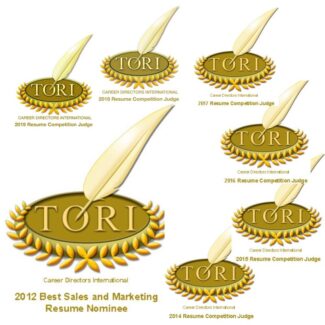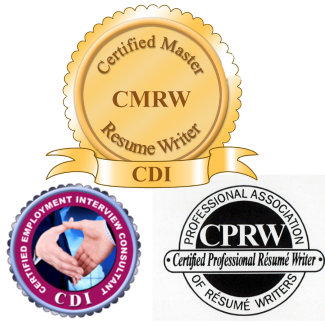 Gaps in your employment are often seen as a major obstacle to securing future work. Yet, when you live with a chronic illness, these interruptions to the flow of your career are common. Fortunately, these days, you are not alone. Almost half of American adults are affected by a chronic condition. Companies are much more understanding and accommodating of job seekers because of this. Here is what you need to know when crafting a resume after an extended absence from the workforce due to a chronic illness.
Gaps in your employment are often seen as a major obstacle to securing future work. Yet, when you live with a chronic illness, these interruptions to the flow of your career are common. Fortunately, these days, you are not alone. Almost half of American adults are affected by a chronic condition. Companies are much more understanding and accommodating of job seekers because of this. Here is what you need to know when crafting a resume after an extended absence from the workforce due to a chronic illness.
Explain What You Did During Your Time Away
Work is not life’s most important aspect of despite what we are conditioned to believe. Putting health first is perfectly understandable. After all, it will make you a better worker. Therefore, there is no shame in taking time to improve your wellness after finding out about your illness or when recovering from the debilitating stages. As a matter of fact, you will demonstrate that you can deal with adversity and persevere, have problem-solving skills, take personal responsibility, and are well-balanced when you take time to heal.
Yet, a gap in the chronology of your resume may leave employers curious. Without masking the truth, you can showcase skill development and activity by highlighting alternative work you performed when you were not employed full-time due to your illness. This might include full-time parenting, training and education, project work, part-time employment, freelance work, or volunteer activities.
Consider Using a Hybrid Resume Style
When you are trying to display the progress of your career path, the traditional chronological resume makes a lot of sense. But, gaps due to years when you were unable to work because of your disability or illness can appear glaring to both you and the potential employer. Thankfully, a hybrid resume style is a perfectly suitable alternative.
Rather than looking at the progressive nature of your career, the hybrid resume style sheds more light on your overall qualities, education, experience, and skills. This style includes a section that highlights your accomplishments and skill sets followed by a short chronological listing of positions. Job seekers can focus their attention on their professional attributes and direct the attention of the employer to how qualified you are for the job, which is what’s most important.
Address Your Ability to Hold a Position with Your Illness
You may be concerned that a recruiter will doubt your ability to keep a position down the road as you find methods of pain relief and ways to deal with your illness. If this sounds familiar, you might not want to address this in the resume. Instead, use the cover letter to show how you are a good fit.
You can keep the specifics of your illness private. However, you should talk about how the experience helped you grow. This will exhibit to an employer that you are full of drive and confidence rather than wallowing in your situation. For instance, in your cover letter, you might say that your poor health has given you the chance to develop coping mechanisms that help you take on challenges from a position of strength.
The job market is incredibly competitive, but with the above tips, you will be well on your way to turning your chronic illness into a positive for securing employment.
This guest post was written by Jackie Edwards.


Ohh, explaining gaps in employment history is not a piece of cake at all. The thing that bothers me is that you need to explain in deep why you didn’t work while you were ill, or why to prefer to take maternity leave or to be a stay at home mom for some period of time instead of working. That are such normal issues, we are all human beings and sometimes we have lives out of our careers as well.
They are all parts of a normal life. I think as long as you explain the situation, employers understand.